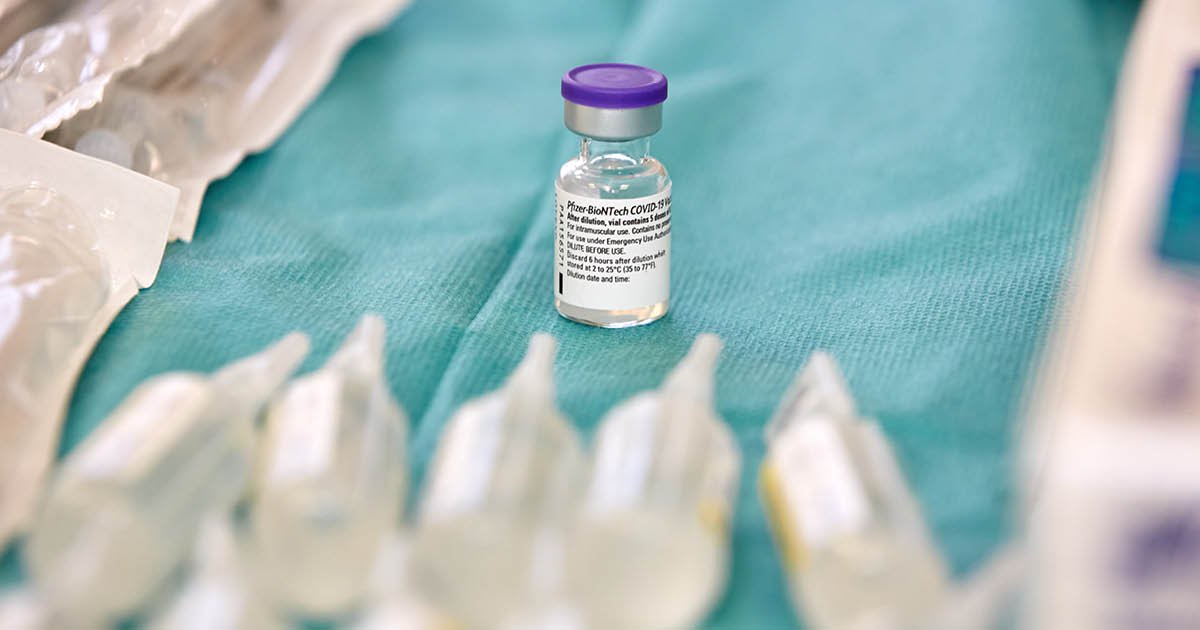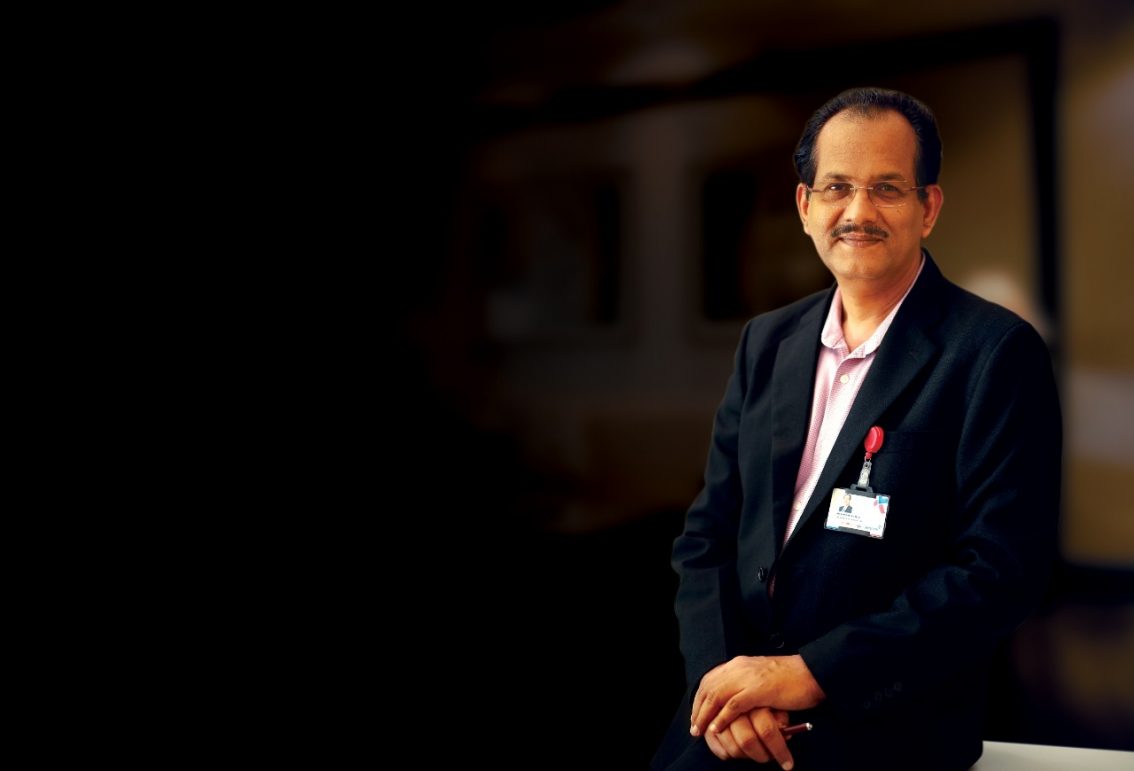
The actual culprit in a heart-attack is a blood-clot.The heart has three blood-vessels called coronary arteries, which supply the heart muscle with blood, oxygen and energy to aid the heart to pump blood to all the organ systems of the body. When a clot suddenly causes a 100% obstruction to flow of blood in one of the three coronary arteries, a heart-attack ensues. When the heart is suddenly deprived of its crucial blood supply, it suddenly fails to pump effectively, causing a cardiac arrest or very fast heart rates called ventricular arrhythmi as, which can cause sudden death. Removal of this culprit clot as quickly as possible, is therefore the key to survival. This can be achieved with clot-dissolving medications or by actual mechanical removal of the clot by a procedure called “primary”-angioplasty using clot-suction tubes or catheters, balloons to open the underlying blocks and placement of scaffolds called stents across the blocks to prevent re-block.The time interval recommended for either therapy is earliest at best and preferably with-in 120 minutes from the onset of pain, referred in medical jargon as the “door to needle” and the “door to balloon” time in their appropriate contexts. The “door to needle” time refers to the time to administration of the clot-dissolving medication and the “door to balloon” time refers to the emergency shifting of the patient to the cardiac catheterization laboratory and the performance of the primary angioplasty. Road traffic and reaching the hospital can be a challenge too and self-transportation is emphatically discouraged. Primary angioplasty is the best treatment option in the ideal scenario as it immediately removes the clot and deals with any underlying blocks effectively and completely. The procedure involves performing an angiogram to identify the totally blocked artery,passing a wire across the total obstruction and suction of the clot with a specialized catheter. Suction and removal of the culprit clot re-establishes the blood flow in the artery immediately and this is followed by a balloon dilatation and stent placement across the residual block. Deployment of the stent provides a complete scaffolding of the block with normal and complete blood flow in the artery and completion of the procedure. With a successful angioplasty and a good result, the patient is clearly saved in minutes, from the jaws of an otherwise lurking death.
Thus it is obvious that one of the major set-backs in receiving prompt therapy during a heart-attack is often the delay from the side of the patient himself or herself in recognizing the symptoms. A quick diagnosis and an even quicker initiation of therapy provide the key to survival during a heart-attack, never undermining the fact that time and nothing but time, ticks as the decisive factor between the paths of life and impending death and with no second thought,this crucial time is…Life!
Dr. Binoy John
MD DM (Cardiology)
Director & Head:
Dept. of cardiology, interventional cardiology, advanced heart sciences & cardiac transplant medicine MIOT International, Chennai











